Oleanders care and growing guide: top tips for these flowering shrubs and trees
There's so much to love about oleanders, from their tough evergreen foliage to their exotic pink flowers which delight in summer


Oleanders are evergreen shrubs or small trees, producing brightly colored small flowers right through the summer. They originate from the Mediterranean and are very common in coastal landscapes there. This makes them very tolerant of heat and drought, wind and salt. If you can replicate these optimum conditions, they are easy and trouble-free to grow.
The downsides to oleanders are that they are tender and toxic plants. Oleanders are not commonly grown in the UK as they don’t generally tolerate the cold wet winters although you can get away with growing them in sheltered city gardens and containers.
Oleanders are much more widely grown in the USA where they might be found as a roadside planting in some western states – which is a testament to their toughness – and they are also common in coastal areas, from California to the Carolinas and Florida.
Oleanders make a great hedge when planted in quantity but can look equally attractive as a single specimen flowering tree, either in their shrubby natural form or pruned as a standard tree.
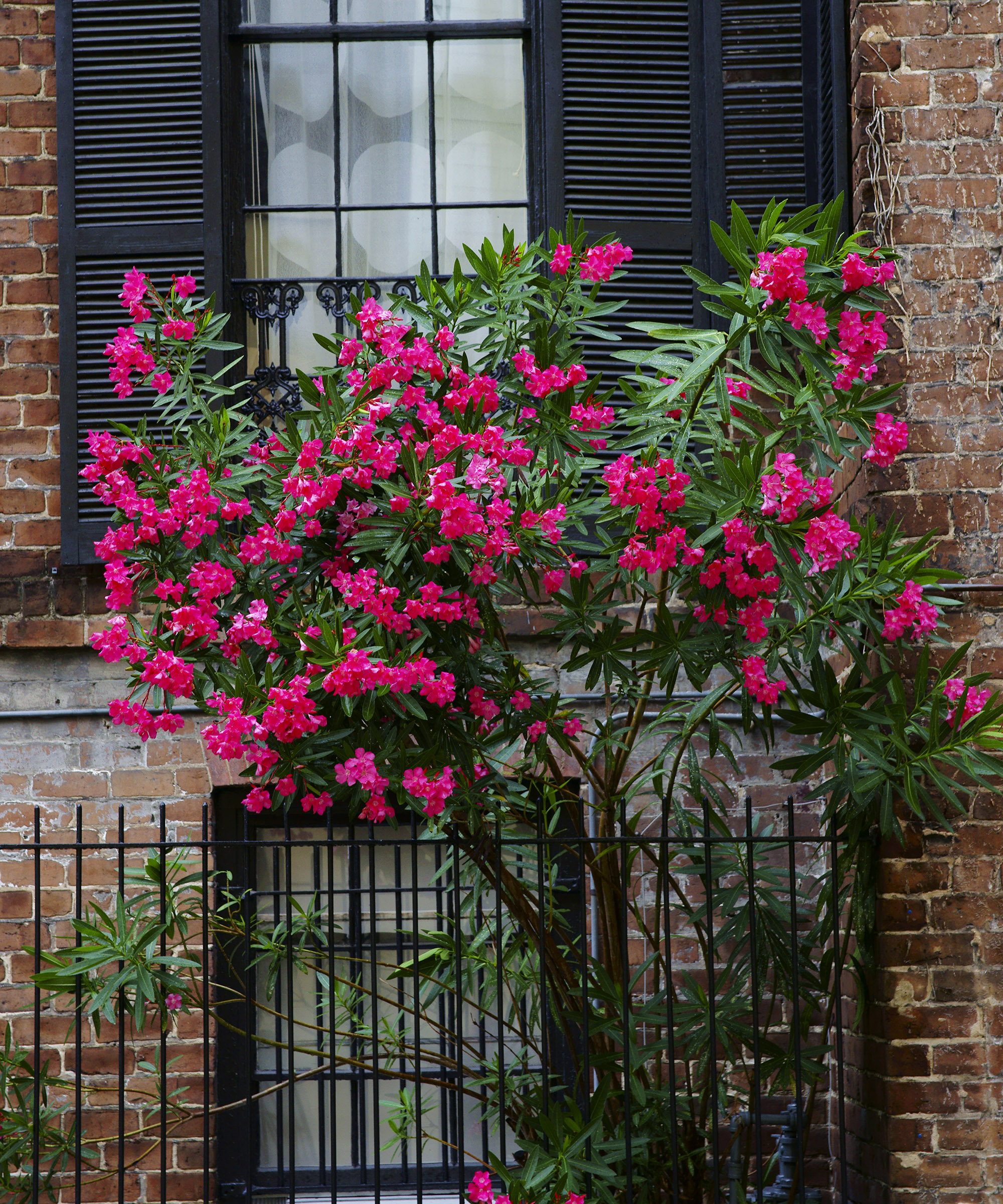
Oleanders: key facts
- Plant type: Evergreen, flowering shrub or tree
- Mature size: 6ft (1.8m)
- Soil type: Well-drained, moist
- Soil pH: Alkaline
- Time of year to plant: Fall and early spring
- Flowering time of year: Summer
- Flower color: Pink, red, white, yellow
- Hardiness zones: USDA 9a-11
- Scientific name: Nerium oleander
- Common name: Oleander

Types of oleander
The different oleander cultivars are usually known by their flower color types that range mostly from shades of pink through to rich reds, although there are a few whites and yellows, too.
There are variations of these evergreen trees with single and double flowers, some of which have a good fragrance. Other differences can be found in the foliage with some having darker, tougher leaves that make them more cold-tolerant. While most grow at a similar rate, there are a few container-sized dwarf cultivars.
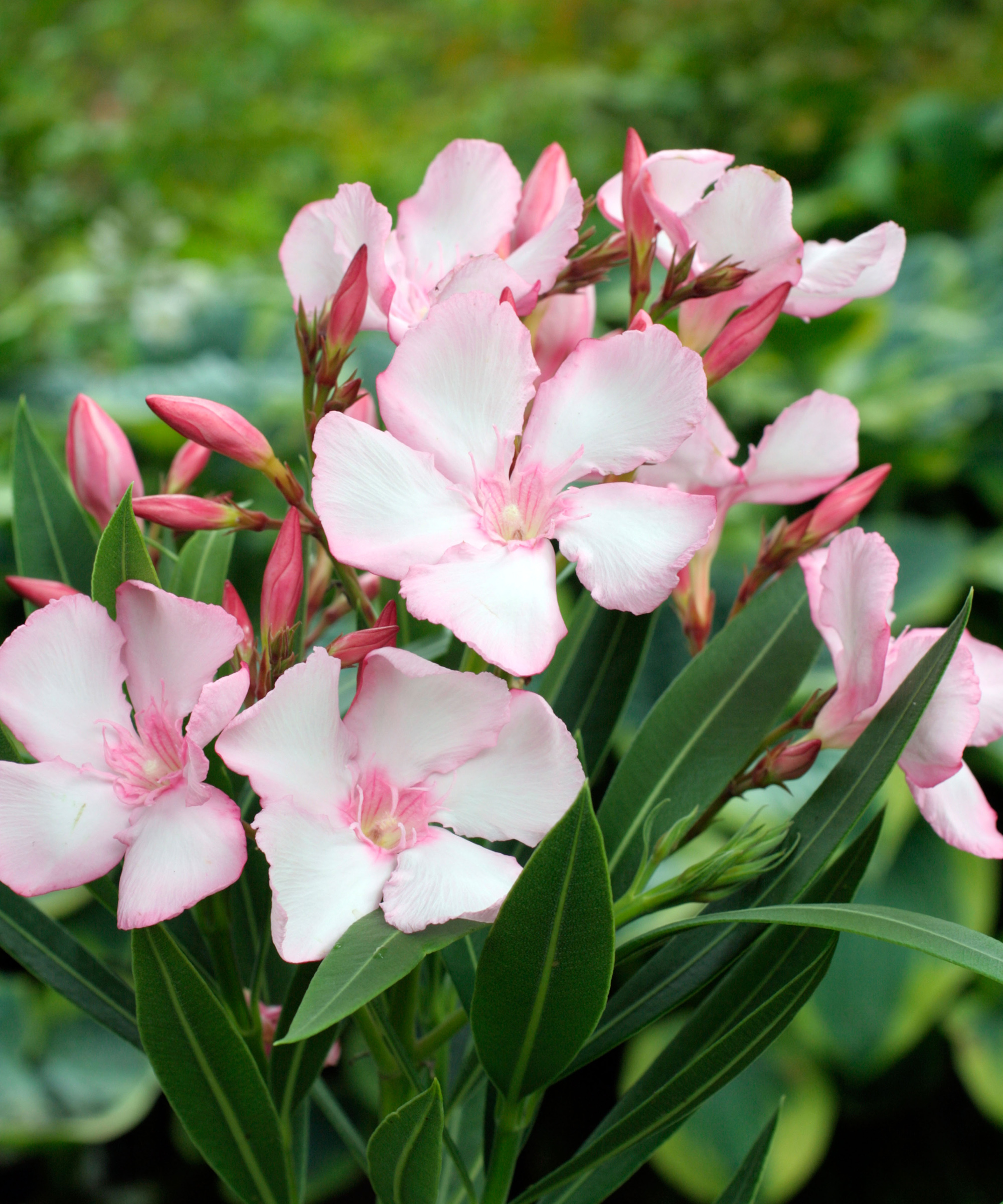
Here are some of our favorite varieties of oleanders:
- 'Calypso' – producing single, cherry-red flowers, this is a good choice of backyard tree in cooler zones, being tough and cold hardy. H:10-18ft (3-5m)
- ‘Hardy Red’ – this is reputedly one of the hardiest cultivars. With tougher, dark green foliage, this will cope with cold up to zone 7b, and recovers well from extreme temperatures. It produces deep red single blooms. H:8ft (2.4m)
- ‘Hardy Pink’ – like ‘Hardy Red’, this has the same characteristics that allow it to cope with cold to zone 7b but offers pink flowers. H:6-15in (1.8-4.5m)
- ‘Petite Pink’ and ‘Petite Salmon’ – as the name suggests, these are dwarf cultivars, so are a good choice for patio containers. However, they tend to be a little less hardy and suit smaller, sheltered gardens. H:3ft (1m)
- ‘Sealy Pink’ with single, soft pink flowers, is a tall variety. H:8ft (2.4m)
- ‘Sister Agnes’ – the pure white, single flowers make this a glamorous choice. But although elegant looking, it’s also quite a tough, fast-growing cultivar. H:10-12ft (3-3.6m)
- ‘Matilde Ferrier’ – this is the most widely available yellow cultivar and is sometimes known as double yellow. H:8ft (2.4m)
- ‘Cardinal Red’ – with single bright red blooms, this is a medium-height cultivar. H:6ft (1.8m)
- Variegated 'Twist of pink™', available at Plants By Mail – with deep pink blooms and variegated foliage with cream leaf margins. H:6-8ft (1.8-2.4m)
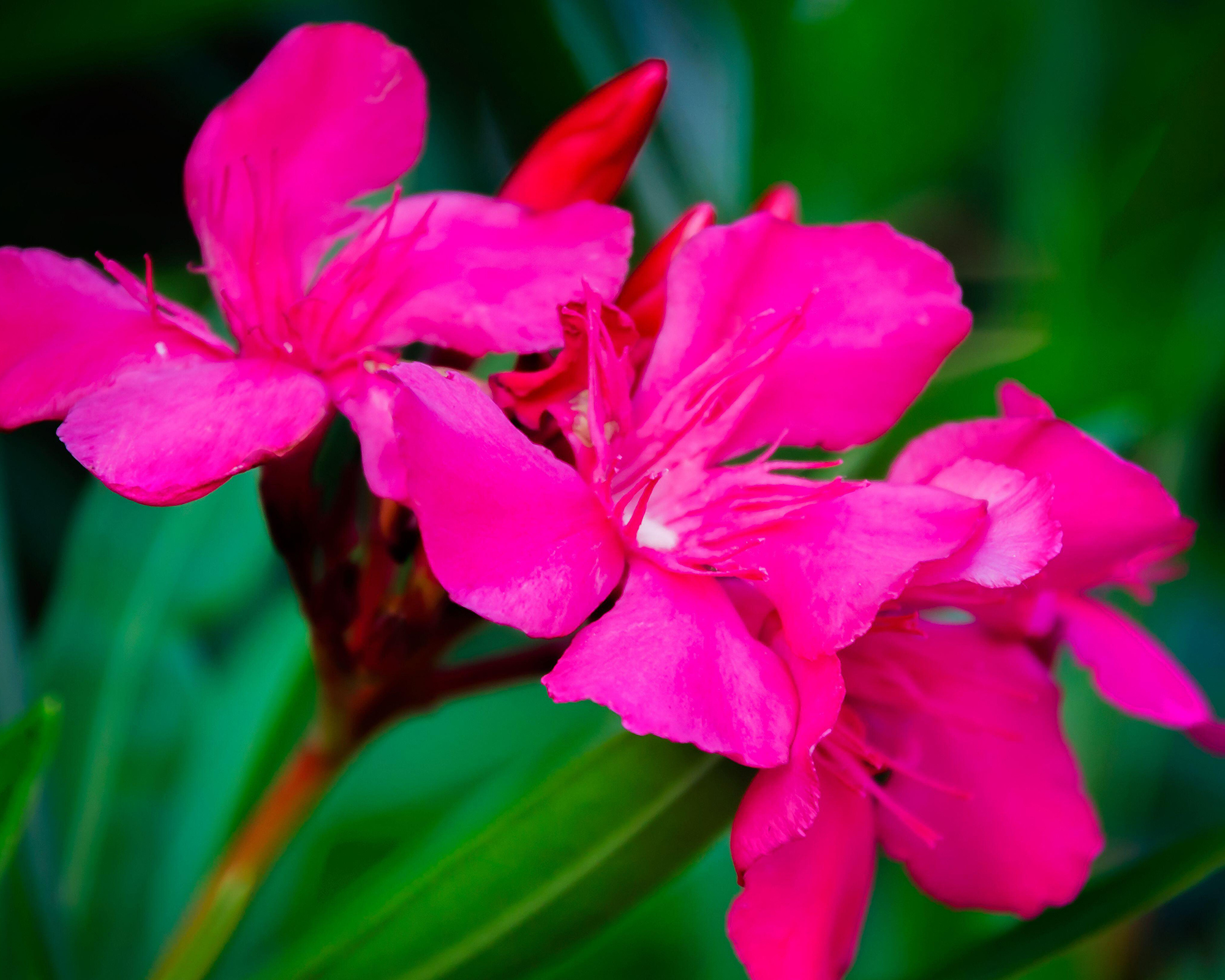
How to use oleander in your yard
Oleanders can be allowed to grow in their natural large mounded form, or they can be trained as a small multi-stemmed or standard tree. They look great planted in the ground or in large containers, perhaps flanking a pathway or entrance as trees for front yards. Planted in quantity, they make an attractive flowering hedge, too.
Most cultivars will grow to 8-12ft (2.5-3.5m) tall and almost as wide, although, unpruned, they can grow larger, up to 20ft (6m). Dwarf cultivars are generally between 3-5ft (1-1.5m) in height.
Emily Marois, Urban Horticulture Extension Agent and Master Gardener Coordinator at the University of Florida/Institute of Food and Agricultural Sciences says, 'The dwarf varieties are well-suited for residential landscapes, whereas the non-dwarf varieties are ideal for larger properties. They are commonly used for hedge plants or screening, or as specimen plants, and they can also be trained to be compact trees for small gardens.'
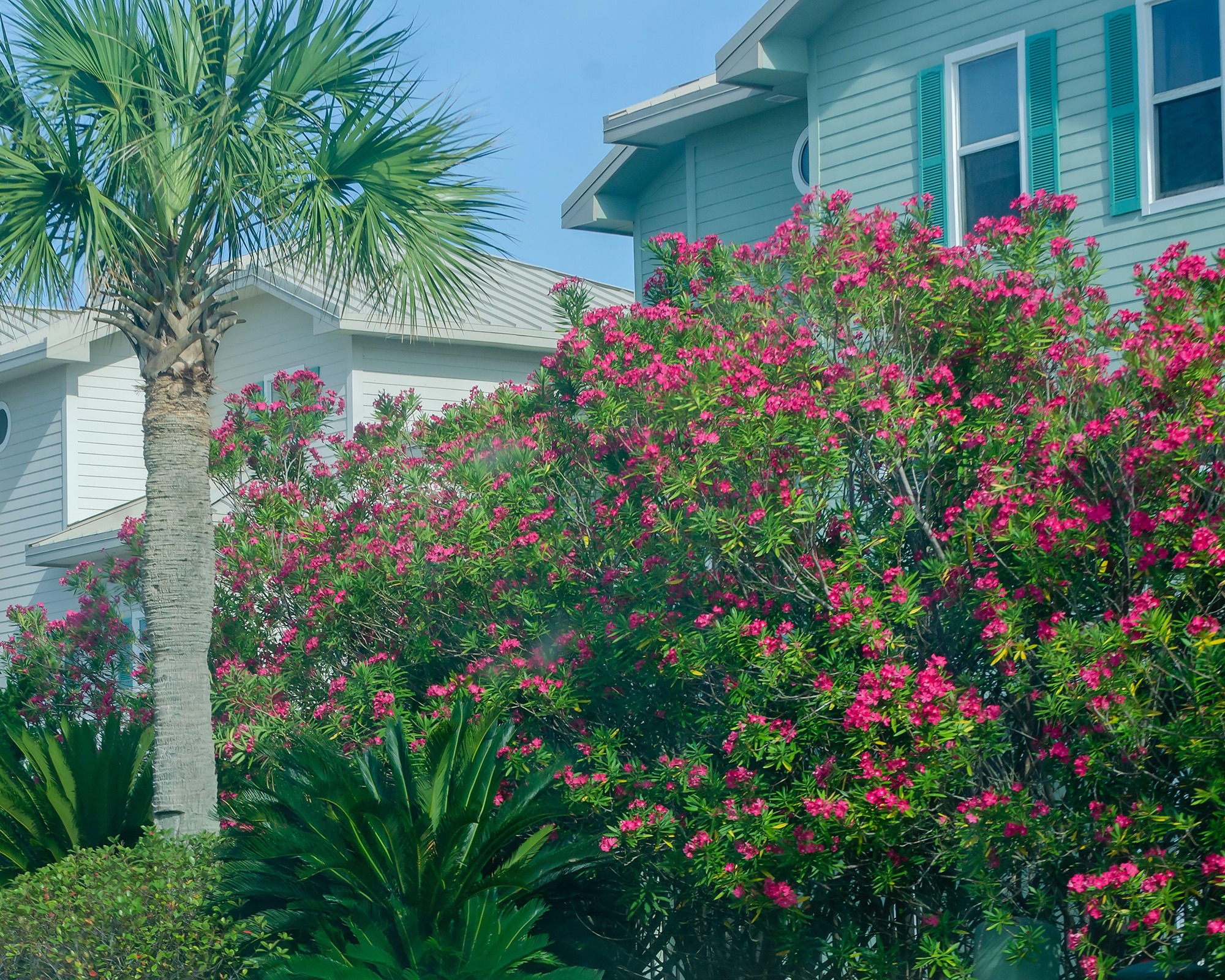
When, where and how to plant oleanders
Oleanders are generally sold in containers, so can be planted year-round. Like avocado trees, they like plenty of light, so choose a site in full sun, and make sure you have plenty of shelter if growing in the UK, or in borderline hardy areas.
Alternatively, you can grow oleanders successfully in large containers and move them to a sheltered area during cold winters.
These plants are very toxic. All parts are poisonous and you should bear this in mind when choosing a tree for your garden. Emily Marois advises, 'You should use caution when planting it where children and pets frequent. Ingesting a small amount of sap may require a trip to the hospital. Burning this plant will also cause toxic fumes.'
The experts at Moon Valley nurseries say, 'Feel free to plant along the seaside, as oleanders can easily tolerate salt spray. This popular tree or hedge plant is compatible with a wide range of landscape styles. Because of its versatility, oleander can be used for hedging, screens, large accents, or even focal points in your landscape.'

Oleander care tips
Oleanders make great low-maintenance trees and shrubs. They are easy to grow, tough and drought tolerant, and don’t require much feeding or pampering. They are generally quite pest and disease free when grown outdoors, too.
They do not need much pruning other than to maintain shape and required size, or if grown as a standard tree. You can encourage bushier growth by pinching out new shoots, however. Oleanders produce flowers on new growth, so pruning in spring is best to encourage those flowering shoots for the summer. It’s also a good time to remove any dead, diseased or damaged wood. Try deadheading flowers through the summer, to prolong the flowering season.
Although they are drought-tolerant trees, extreme water loss over a prolonged few weeks will impact the flowering, so do pay attention to this in really dry weather. They do not need watering through the winter.
If you’re gardening in a borderline hardy zone, try growing oleanders in pots and moving them indoors to protect them over winter. Mature, established plants will cope better with cold damage, and should bounce back with a bit of judicious pruning to regrow quickly.
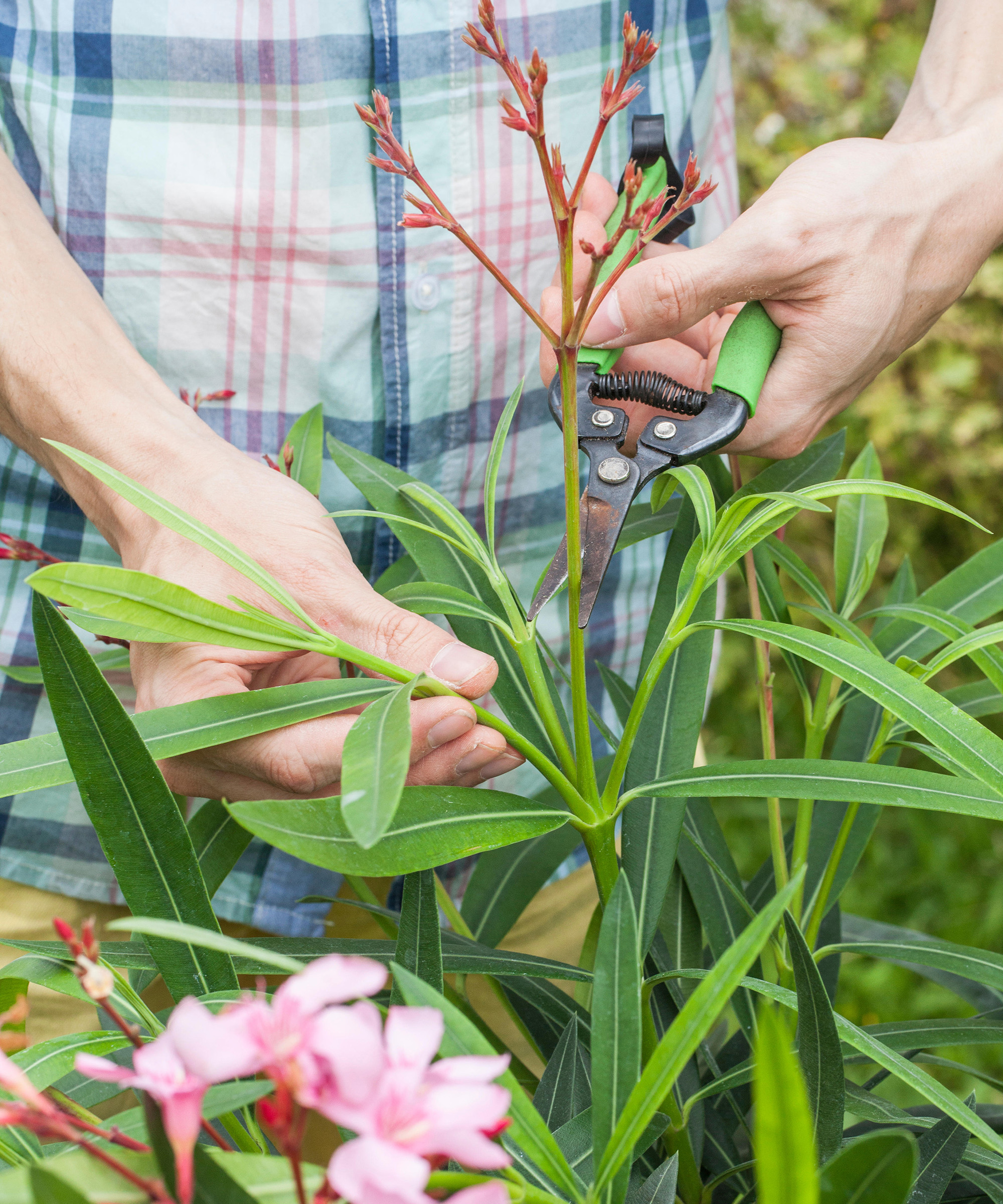
How to make more oleanders
Like pawpaw trees, oleanders can be grown from seed, but are generally raised from cuttings. Seed germination can take up to 20 days and the plants will take longer to reach maturity.
By taking cuttings, you can start in early spring, using the new growth on the plant. Cut a 6-8in (15-20cm) length, just underneath a leaf node. Remove the basal leaves and retain about four near the top of the cutting. Put it in a small jar on a sunny windowsill, change the water every few days and wait until the roots appear.
Then pot on, growing on for 12-18 months until you have a strong plant with a good root structure before planting out.
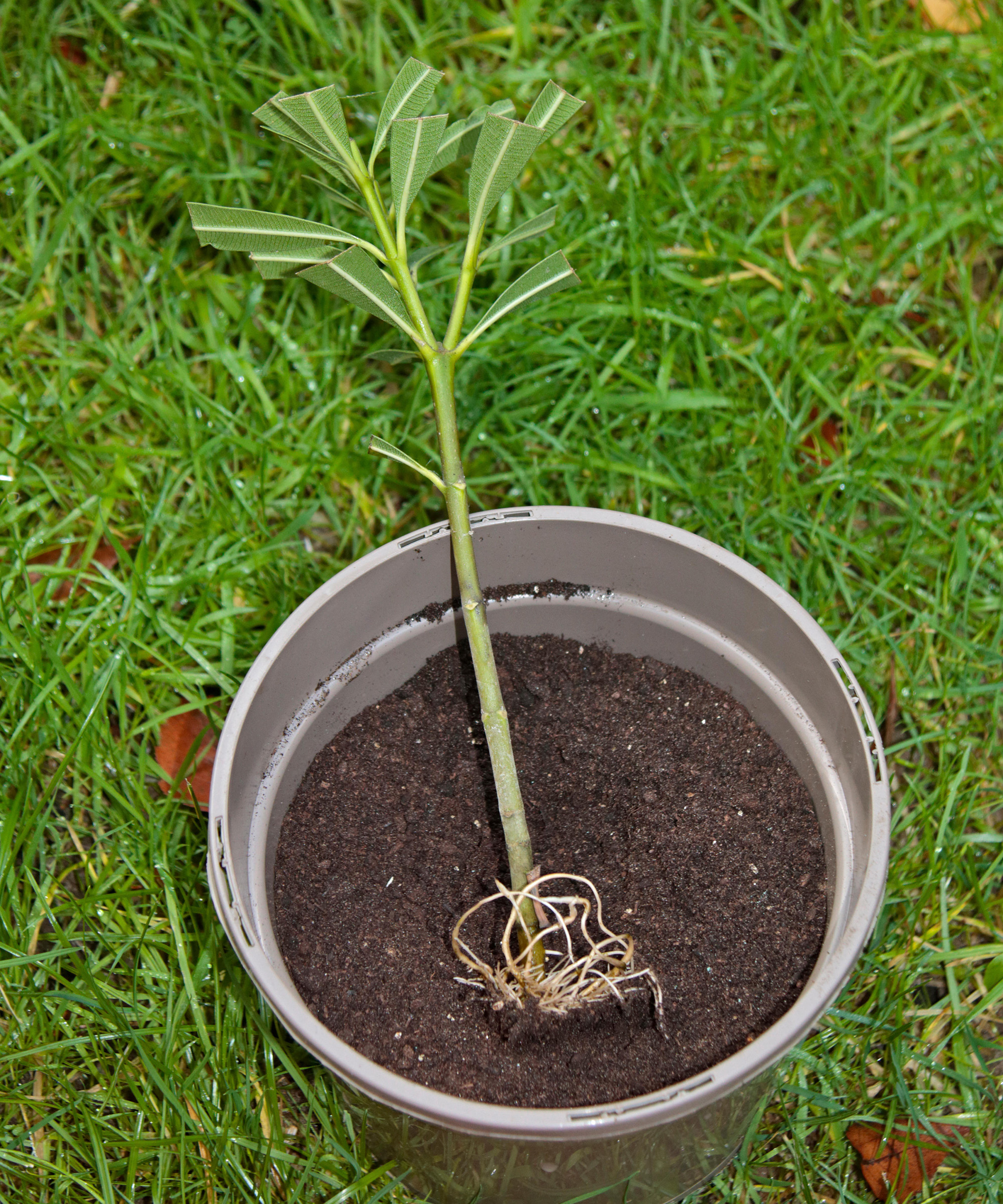
Oleander problems and how to solve them
Although oleanders are relatively pest and disease free, they can be targeted by the oleander caterpillar, Syntomeid epilais, which will defoliate the plant very rapidly.
The best means of dealing with this is either to remove the caterpillars by hand or encourage birds and other predators to help manage the infestation. Scale insects can also cause problems.

How fast do oleanders grow?
Oleanders are relatively fast-growing trees or shrubs, usually putting on 1-2ft (30-60cm) of new growth per year. Dwarf cultivars are slower growing, so they keep their compact habit.
Are oleanders good for wildlife?
Moon Valley Nurseries say these evergreen shrubs are great for local wildlife. 'Once in bloom, expect pollinators and hummingbirds to flock into your garden to enjoy the abundant display of heavily scented single and double petal flowers.'

Where to buy oleanders
If you want to try growing oleanders in your own backyard, these quicklinks will help you get started:
Where to buy oleanders in the US:
- Buy oleanders at Fast Growing Trees
- Buy oleanders at Burpee
- Buy oleanders at Plants By Mail
- Buy oleanders at Nature Hills
Where to buy oleanders in the UK:
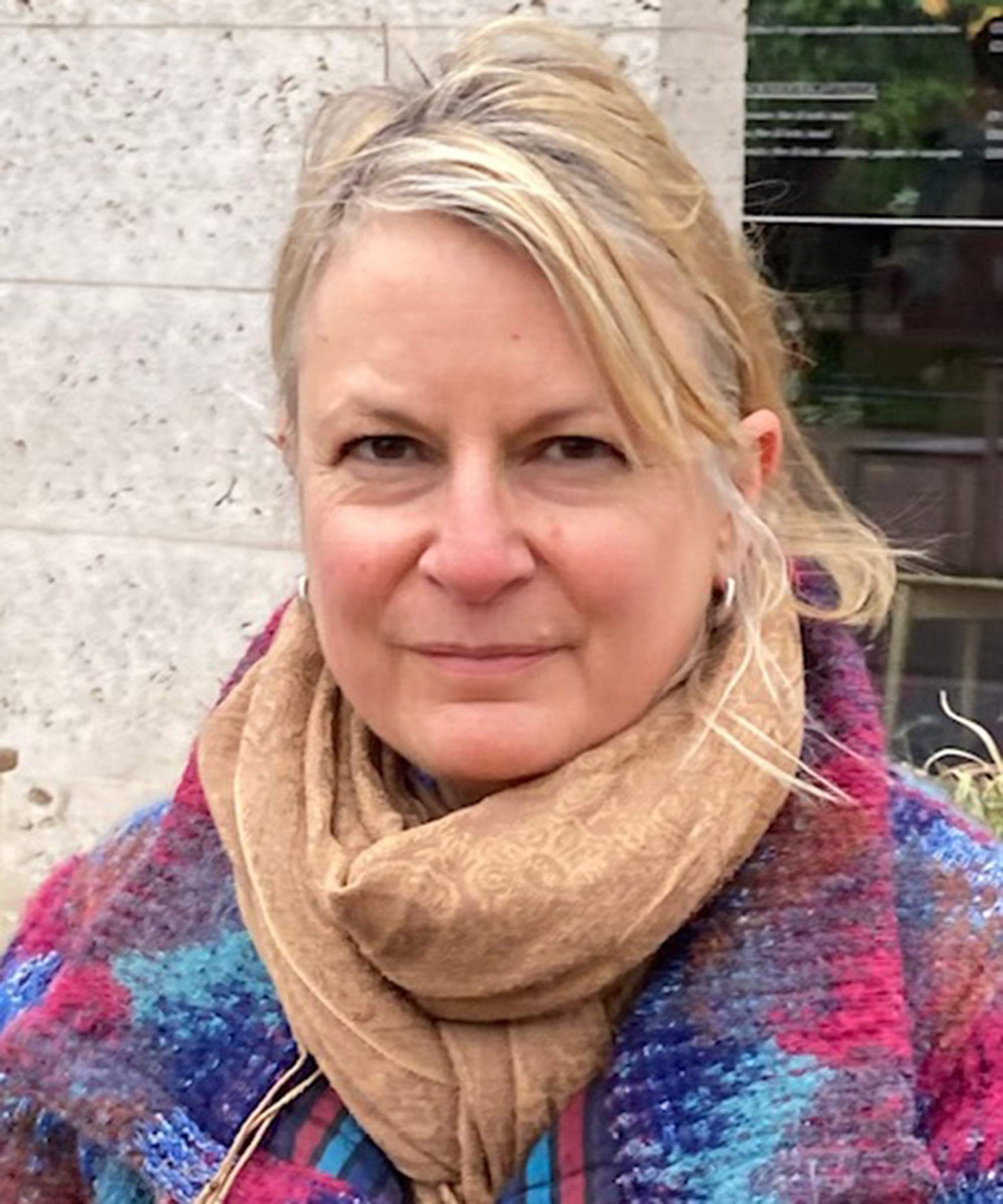
In her years of gardening, Camilla has designed planting schemes for gardens large and small in and around London, written about plants and how to grow them, and worked on BBC gardening TV shows. She's passionate about sharing tips, advice and the joy of plants in this great community of gardeners that we’re all part of, and she now also works as a therapeutic horticulturist, teaching growing for wellbeing and mental health. Her unfulfilled ambition is to crack the ultimate dog-friendly garden - she thinks getting it right depends more on the dog than the plants...
